What is the best manure: choosing fertilizer for the garden
Organic fertilizer is traditionally used in summer cottages and farm fields. To increase the yield of different crops, you need to know the nutritional characteristics of different types of manure. It is important to apply top dressing in the correct form so as not to harm the plant with an increased concentration of fertilizer.
What is the value of manure?
Organic fertilizing is a real help for personal farming:
- the soil is structured by microorganisms;
- the harvest improves;
- the soil is enriched with nitrogen, phosphorus and potassium, as well as microelements necessary for plants;
- nitrogen from manure remains in the soil for a long time, does not erode;
- improves photosynthesis and heat exchange, since a lot of carbon dioxide enters the soil;
- minerals are in a form in which they are easily assimilated by plants, provided that the area is watered abundantly before fertilizing;
- soil acidity decreases due to the presence of magnesium and calcium in organic matter.
The amount of minerals in the waste depends on what food was given to the animals, as well as on the type of bedding (straw or peat). The amount of nitrogen and phosphorus increases from the use of compound feed in the diet.
Poultry and pig manure are saturated with nitrogen. These species are not applied fresh, as plant roots may burn. Horses and cows feed heavily on grass, so their manure is used diluted and fresh.
The properties of manure change due to the terms and conditions of storage. As organic matter decomposes, the amount of available basic elements for plant nutrition increases.
The richest source of nutrients
A large number of nutrients are found in horse and cow manure, as well as in bird droppings. Less - in pig, sheep, rabbit. There are many nutrients in fresh manure, but over time, overheating, it turns into a more valuable material, since trace elements change into a form that plants can more easily assimilate. Fresh faeces are introduced into the aisles only in the form of a diluted slurry several times.
The impact of organic matter depends on the type of soil and on the availability of sufficient moisture for its decomposition and assimilation by plants:
- horse organic matter gives off nutrients throughout the year;
- cow dung nourishes the soil for 3 years;
- other species also decompose over several years.
Composition of various types of manure
Each type of animal waste has a specific content of the main elements.
- Bovine
The most common manure usually contains 0.45% nitrogen, phosphorus and potassium, respectively 0.23% and 0.5%. Seven percent are other substances valuable for plants: magnesium, copper, molybdenum, boron, zinc, cobalt. You can not be afraid to overfeed the soil with nitrates by applying such fertilizer in liquid form.
The slurry contains more potassium and nitrogen, since phosphorus is mainly contained in the feces.
- Horse
This manure is not easy to find, but it is considered the best for fertilizing the vegetable garden. This organic matter is richer in nitrogen - 0.85%. Phosphorus and potassium contain 0.28% and 0.6%. Various minerals make up 3.7%.
Horse manure is the record holder for the content of silicic acid - 1.77%. With the presence of this element, stems and leaves are strengthened, buds and ovaries are more actively formed. With silicon, phosphorus is better absorbed by plants.
- Pork
Also widely distributed organic. There is as much nitrogen as in cow - 0.45%. The composition of potassium (0.6%) is almost equal to horse potassium. Contains much less phosphorus - 0.19%.If animals are fed with concentrates, there is a lot of potassium, phosphorus and nitrogen in the waste, which are absorbed in the first year of feeding. Pig manure is poor in calcium, but there is a considerable percentage of silicic acid - 1.08%.
- Sheep
This species is not entirely profitable to introduce, since it decomposes for a long time, but the manure is rich in nitrogen (0.83%), which the plants pick up the fastest, since the fertilizer is dry. A lot of potassium (0.67%), as well as silicic acid (1.47%).
- Rabbit
According to experts, dry rabbit excrement is as valuable for the garden as horse manure. The composition contains a lot of magnesium (0.7%), 0.6% each potassium and nitrogen, 0.4% calcium. It is not introduced fresh, but in the form of slurry or powder mixed with soil. Often used to feed indoor flowers.
- Avian
A powerful and valuable top dressing, but very aggressive. Even in dry form, such manure is used only in autumn. The composition contains 1.7% nitrogen, approximately 0.8-0.9% potassium and phosphorus, 0.5% calcium and 0.2% magnesium. Microelements account for 2.4%. Goose and duck droppings are somewhat milder.
The nutritional value of poultry droppings is comparable to mineral fertilizers. But its aggressiveness is such that the fresh substance causes rusting of the metal surface if it gets on it.
Features of application by degree of maturity
Different plants react in their own way to the introduction of fresh slurry or humus.
- The use of fresh manure without treatment will be disastrous, since the minerals will burn the small roots.
- Slurry is prepared more often from mullein or bird droppings.
- Manure collected during the warm season and humus are fed to the site in the fall, before plowing, adding 5 kg per 1 m2.
- Cabbage and cucumbers are fed with a solution of semi-rotten manure.
- Humus is used for mulching various crops, and a handful of such organics are also poured into the holes for tomatoes, potatoes, onions, green crops.
- To prepare various earthen mixtures, take one part of humus for 4 parts of the soil.
Mullein is not added to garlic and onions, radishes or radishes, legumes.
Organic fertilization methods and rates
Each type of manure is used in a special way. Although all faeces can be put in a compost heap or pit, you get valuable fertilizer after a year. In a rotted composition, trace elements are in such a form that plants can easily absorb them.
- Cow is applied at 7-10 kg per 1 m2 every 3 years on chernozem soils and after 2 years on sandy or sandy soils. Mullein is prepared in a ratio of 1: 5, insisted for 13-15 days, the slurry is again diluted 1:10, poured into holes or grooves at a rate of 10 liters per square meter. The solution can be used to feed almost all garden crops, shrubs and trees at the stage of budding and ovary formation.
- Horse manure is more nutritious by 1 m2 take 5 kg. It is often used to create tall beds, when organic matter is laid down with a layer of 15-20 cm, peat on it, and then soil. By purpose it is universal: for garden and flowers, cabbage, potatoes, melons and pumpkin crops. More often, organic matter is sealed for plowing in the fall, used for seedlings as a heating layer. They make and slurry - according to the same standards as for mullein.
- Pig organic matter is introduced only in a rotten state due to the presence of intestinal parasites. Most often used for autumn plowing.
- Shrubs and trees are fed with a solution of rabbit pellets, infusing 1-1.5 kg in 10 liters of water for a week and a half. The slurry is diluted 1: 5. Apply 2 liters per 1 m to the area with vegetables2... For indoor flowers and mushrooms grown in basements, a powder is prepared: the feces dried in the sun are rubbed through a metal mesh and 1 teaspoon is mixed with 200 g of the substrate.
- Sheep, goat excrement, like rabbit excrement, is suitable for regions with cold climates due to the long decay period. They are versatile, suitable for fertilizing vegetables, especially potatoes and beets, shrubs and trees. But this species cannot be used fresh, since a high percentage of nitrogen destroys the roots.It is believed that the effectiveness of goat dung is seven times that of cow dung. It is used for plowing and in the form of an infusion of excrement half-rotten in a compost heap.
- Bird droppings are also versatile. It is used dry in autumn, 2 kg per 1 m2... On large areas they use mechanical spreader... Prepare a slurry, insisting 10 days, dilute the droppings in a ratio of 1:20. Then the infusion is still diluted by half to reduce the effect of uric acid. Watered soil between rows. After its application, fruiting increases in beets, potatoes, cereals, tomatoes, cabbage.
Horse manure loosens heavy soils well.
Organic in greenhouses
Manure is a source of long-term heat that is generated during the decay process. Traditional greenhouses, hotbeds and high ridges cannot do without the use of manure.
The heat coefficient differs depending on the type of manure.
- The loose structure of horse manure allows it to quickly decompose and warm the soil layer. There is an increase in temperature up to 60-70 aboutC, it lasts 35-40 days, and then drops to 30 aboutC.
- Rabbit, sheep and goat manure has similar characteristics.
- Cow and pork give a weekly temperature rise of up to 50 degrees. These species are best used for late greenhouses in mid-spring when the sun begins to warm the plants.
- Avian can only be used for composting, which is then applied in the greenhouse.
Piggy bank of folk experience
Personal vegetable gardens have always been fertilized with manure and humus, so now you can use valuable observations.
- The best annual autumn mulch for berry bushes - gooseberries, raspberries, currants - rotted manure with a layer of up to 6 cm.
- Under all fruit trees and grapes, 30-40 kg of manure or humus are applied in the fall every three years.
- On acidic soils, manure is applied more often than mineral fertilizers, which are more suitable for alkaline areas.
Hint for taking the right amount of manure
A 10 liter bucket holds:
- 5 kg of poultry droppings;
- 8 kg of fresh horse manure and 9 kg of cow manure;
- 12 kg of slurry;
- 7 kg of humus.
By correctly applying fertilizing from the waste of domestic animals, gardeners and gardeners significantly improve the structure of the soil and increase productivity. Fertilizers in moderation and in the recommended form do not harm plants and the environment. Their use is natural and affordable.
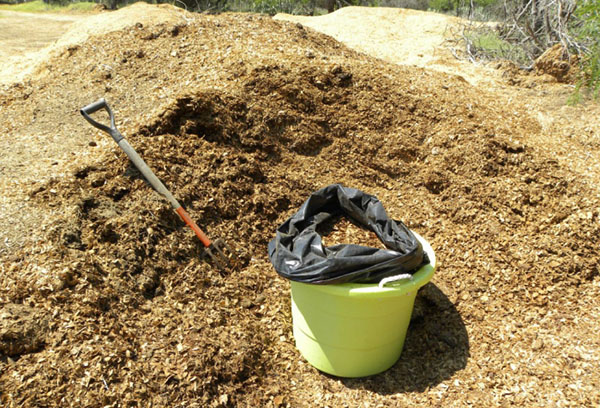
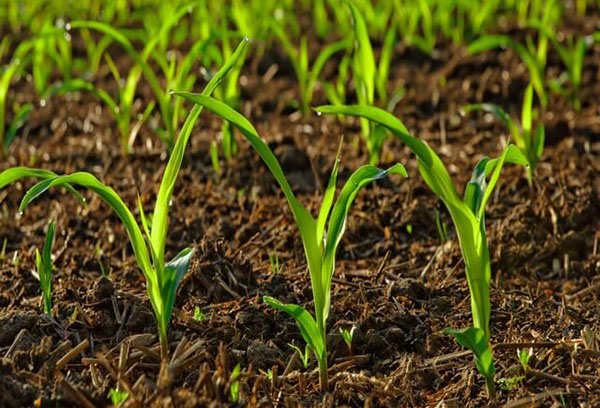
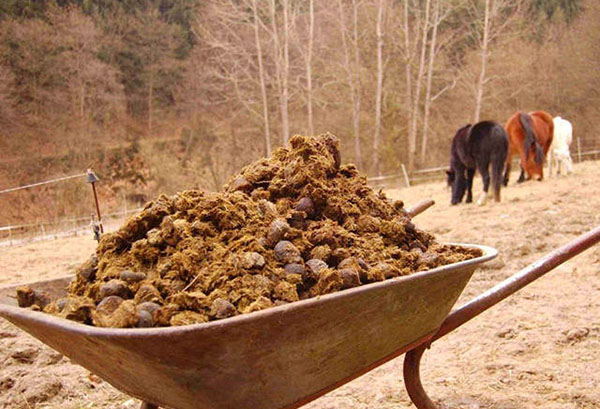
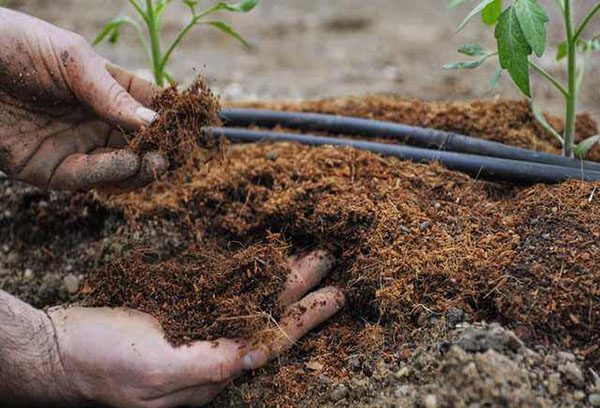
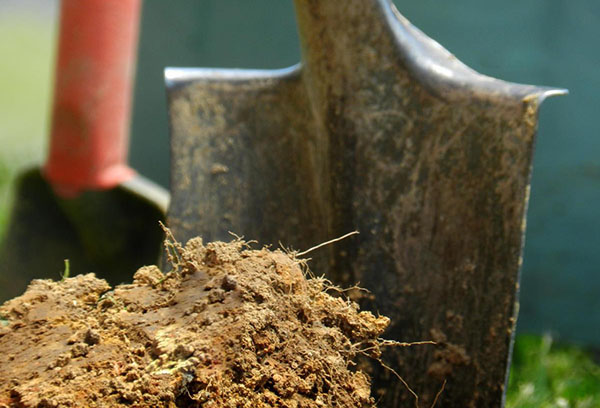
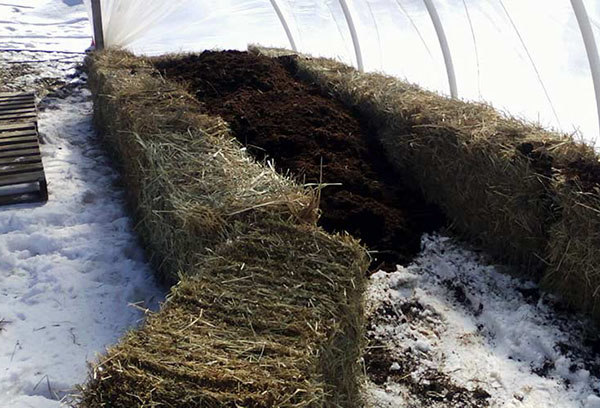
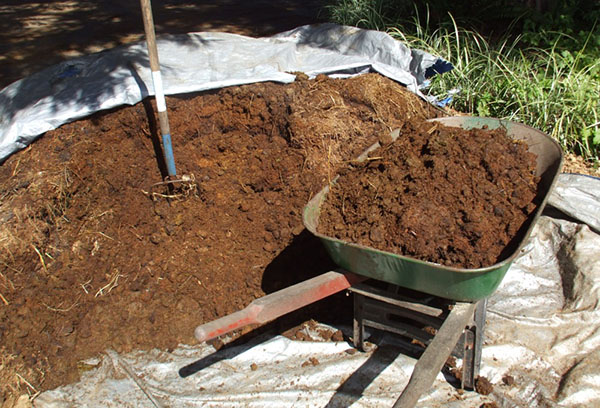
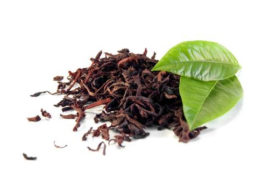
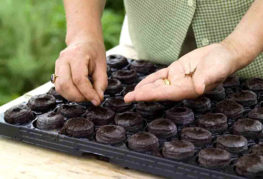
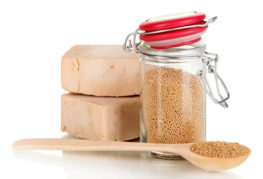
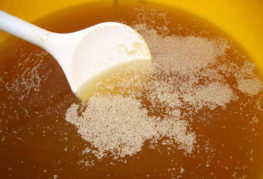
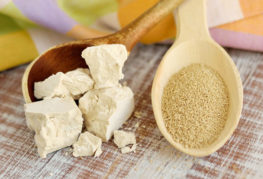
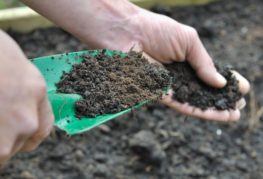
and will be published shortly.